Is it a fast, premium electric scooter on a budget?
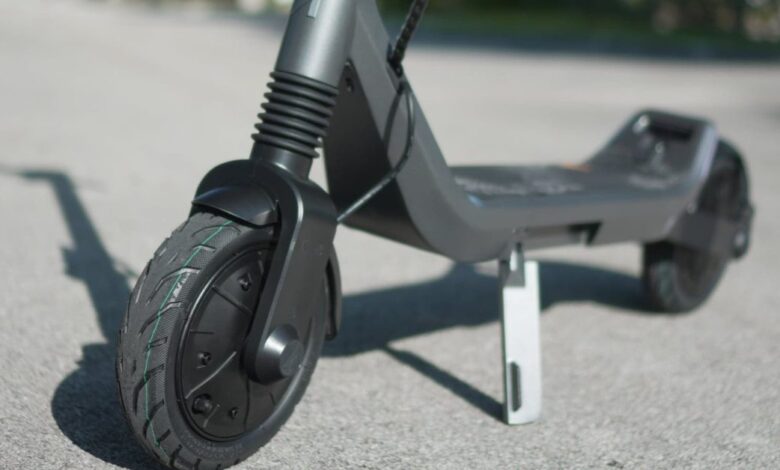
If you’ve been in the market for an electric scooter, you’ve probably already seen Apollo’s name alongside the list of usual suspects. But while the brand is best known for its more expensive flagship models, the new Apollo Go was launched earlier this year to reach a budget-minded price that would appeal to more riders.
To get there, they had to shave off some of the features and performance specs that we’ve seen on larger Apollo Scooters in the past. But ultimately, it meant getting onto an Apollo Scooter for much cheaper, to the tune of $1,199.
So, how well does the scooter ride, and is it worth the lower price? Check out my video review below to see it in action, or keep reading for more!
Apollo Go Video Review
Apollo Go Tech Specs
- Motors: Dual 350W hub motors (750W peak-rated)
- Battery: 36V 15Ah (540 Wh)
- Top speed: 28 mph (45 km/h)
- Range: 20-30 miles (32-48 km)
- Weight: 46 lb (21 kg)
- Load capacity: 265 lb (120 kg)
- Brakes: Rear mechanical drum brakes plus variable regen braking
- Tires: 9-inch pneumatic off-road tires
- Lights: Front and rear LED
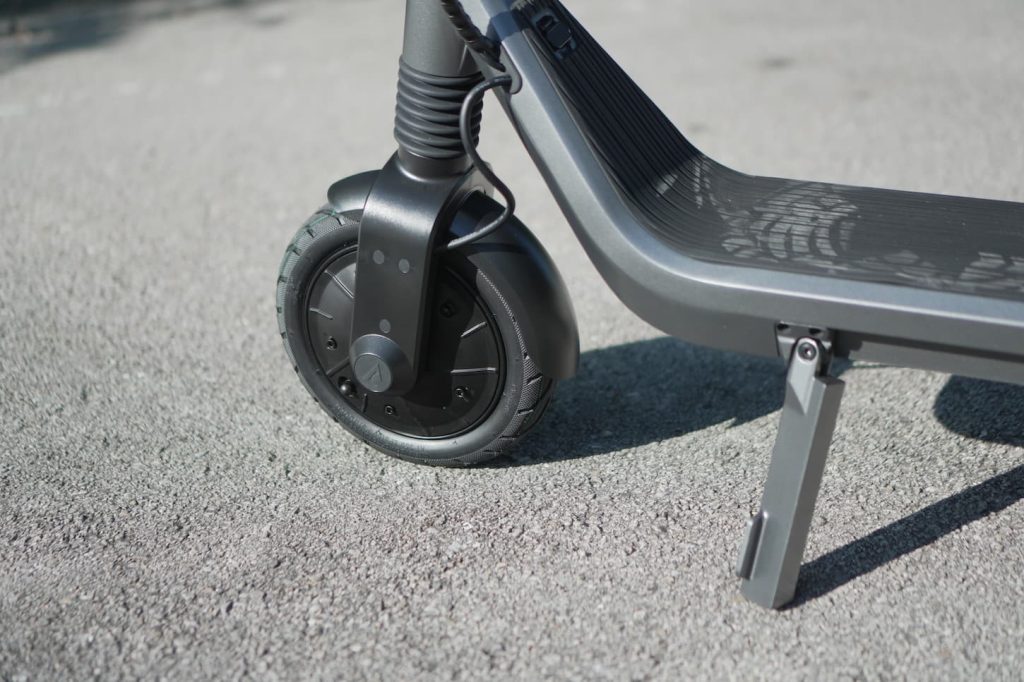
Who is the Apollo Go meant for?
The Apollo Go feels like it’s designed for those who want something that more closely approximates a premium scooter but don’t want to pay premium scooter prices. It’s not Apollo’s cheapest scooter, but it’s near the bottom of the price list.
At an MSRP of $1,299 (and a current sale price of $100 off), it certainly isn’t designed to compete with the ultra-affordable $500 scooters on the market. But it’s also got more going for it in the specs and features department.
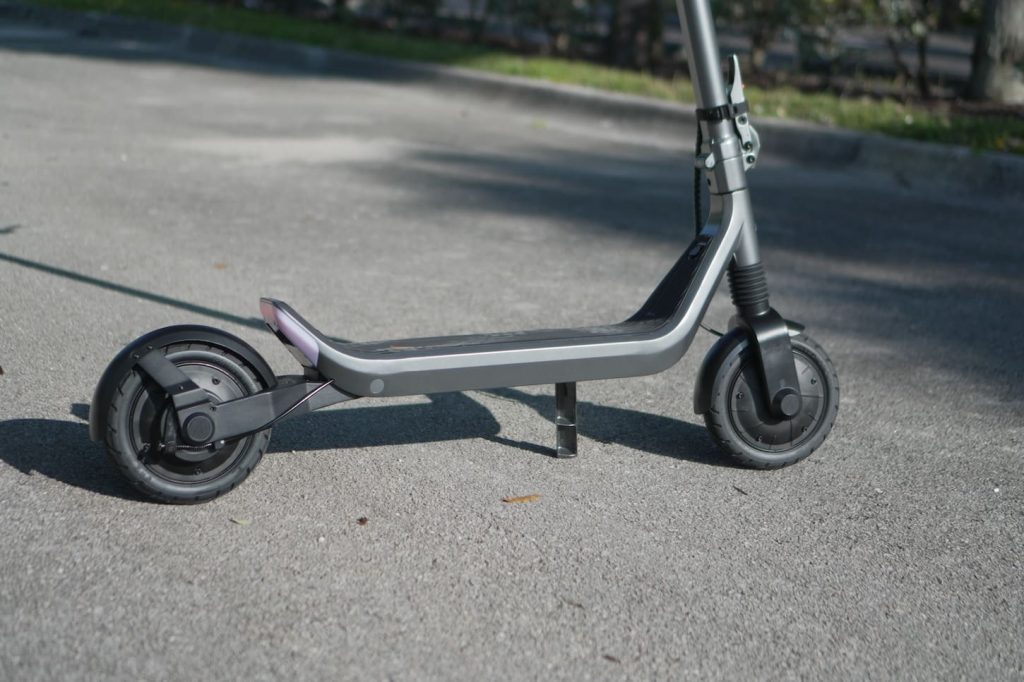
How does it ride?
Right out of the box, I was a bit disappointed to find that the steering was notchy. This happens from time to time, usually as a result of an imperfection in the head tube bearings or the bearing race (the track that those little ball bearings roll inside of).
It can sometimes happen due to shipping damage, such as if there’s a major bump along the way, though that’s pretty rare. I’m surprised this wasn’t caught at the factory, as it’s pretty obvious that when you turn the bars, the steering sort of ‘clicks’ into a position close to the center. It wasn’t too bad; the scooter was still definitely rideable, and these things happen occasionally. Out of all the countless scooters I’ve reviewed over many years from just about every brand out there, I’ve seen it a total of three times. But two of those have been Apollo’s scooters, so hopefully quality control steps up a bit.
Getting past that initial disappointment, the ride really picked up. The thing is powerful off the line. Well, at least after you register it. I tried to ride it first without using the app, but it wouldn’t go past 12 mph (20 km/h) with gentle acceleration. Only after I paid the ransom of my email and using their app to register the scooter, did it unlock the full power and 28 mph (45 km/h) top speed. I’m not a huge fan of being forced to pair an app to be able to ride my bikes and scooters, but I guess that’s the world we live in these days.
Fortunately, you’re rewarded for handing over your details with some great performance. The scooter really launches when you ask it too, and the dual 350W motors are obviously punching above their weight class.
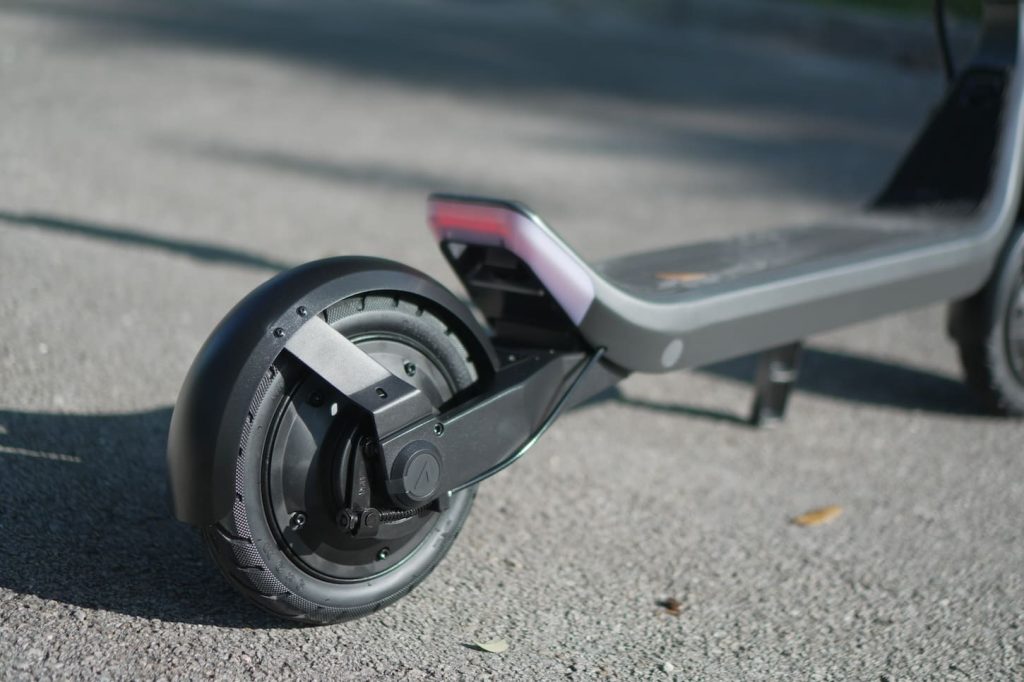
The battery isn’t huge, measuring just 504 Wh, so don’t expect to fly around at 28 mph all day. A real-world range of 20 miles (32 km/h) at higher speeds is more likely, but again, this is meant to be Apollo’s more affordable performance scooter. And if the battery isn’t huge, at least it’s nice to see that it is UL-certified.
The suspension in the front and rear also isn’t huge, but it works just fine for urban riding. This isn’t a scooter you take off-roading, so I don’t mind the more limited travel compared to the company’s larger scooters. For street use, the suspension is sufficient.
The regenerative braking is also impressive. Sure, there’s a rear mechanical drum brake, but you don’t really need it. The left ‘throttle’ thumb paddle is actually the opposite of a throttle since it controls the intensity of the regenerative braking. The regen is strong enough that you can mostly get away without using the brake lever at all. It’s still hard for me to break the habit of reaching for the mechanical lever, but after a few days of riding, you stop missing it and start enjoying the smoothness of regen. Apollo has done a great job with regen on their scooters, and this one is no different.
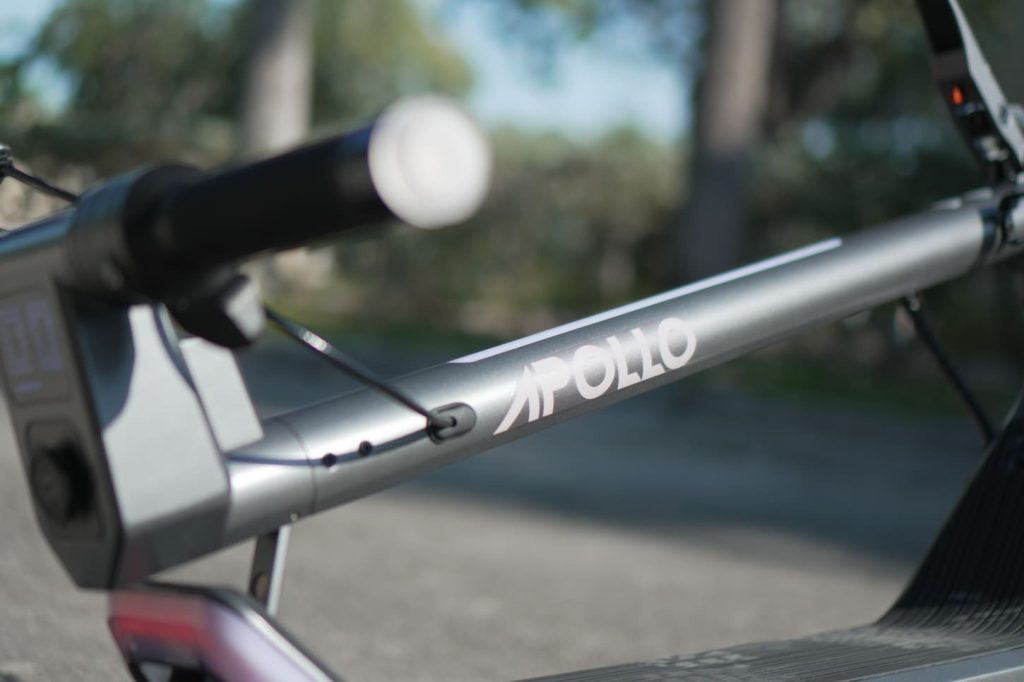
Some other nice features are the IP66 rating, which means you don’t have to worry about a rain shower ruining your scooter, and the built-in turn signals that illuminate the handlebar ends.
The bars aren’t exactly super wide though, so a car directly behind you might not notice the turn signals if you’re particularly broad-shouldered or wearing a jacket, but they’re definitely visible from most angles. And you shouldn’t really be assuming that cars understand your turning intentions anyway. Defensive riding means assuming cars either don’t know you’re there or are actively trying to hit you, so a turn signal is nice to have but shouldn’t be the end of all of signaling.
The last nice addition here is the folding mechanism, which is definitely robustly designed. No one should be worried this thing will fold up on them at 28 mph, as it’s a chunky solid metal latching setup. The rubber safety strap is a bit cheaper feeling than the rest of the mechanism, but I guess it’s better than no safety at all (though I’m not sure it’s even really necessary based on how strong the folding latch feels and that it already has a built-in orange aluminum safety latch).
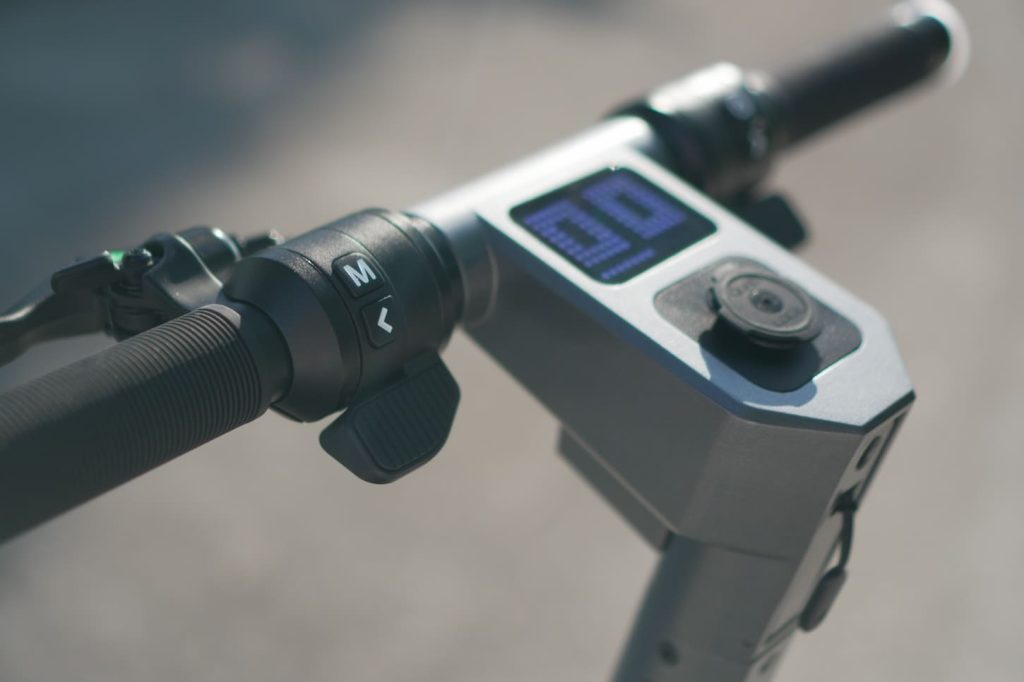


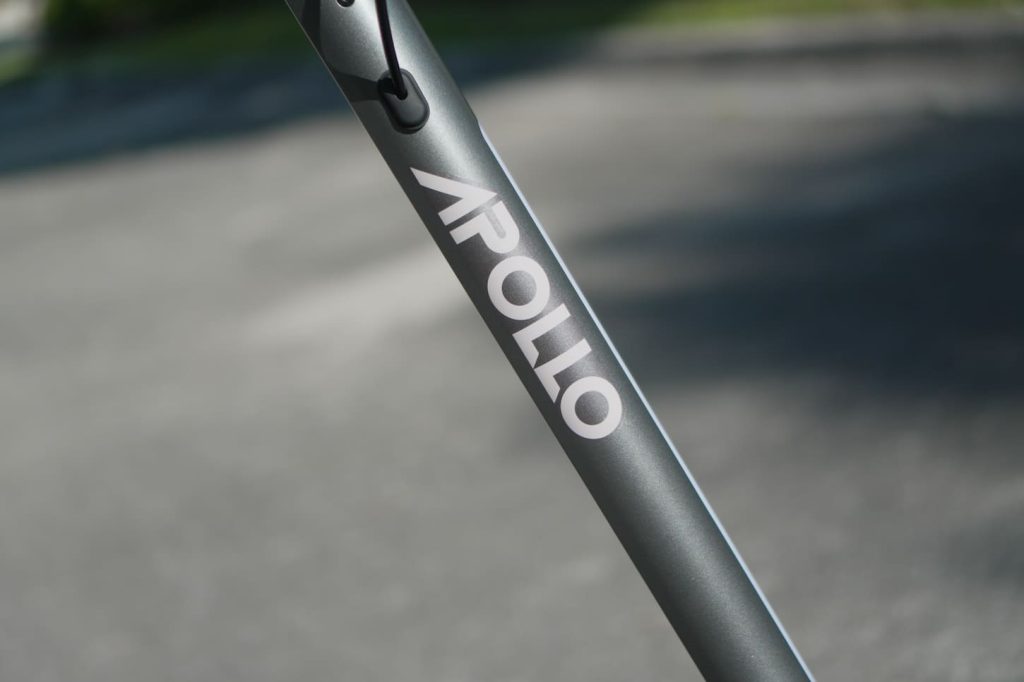
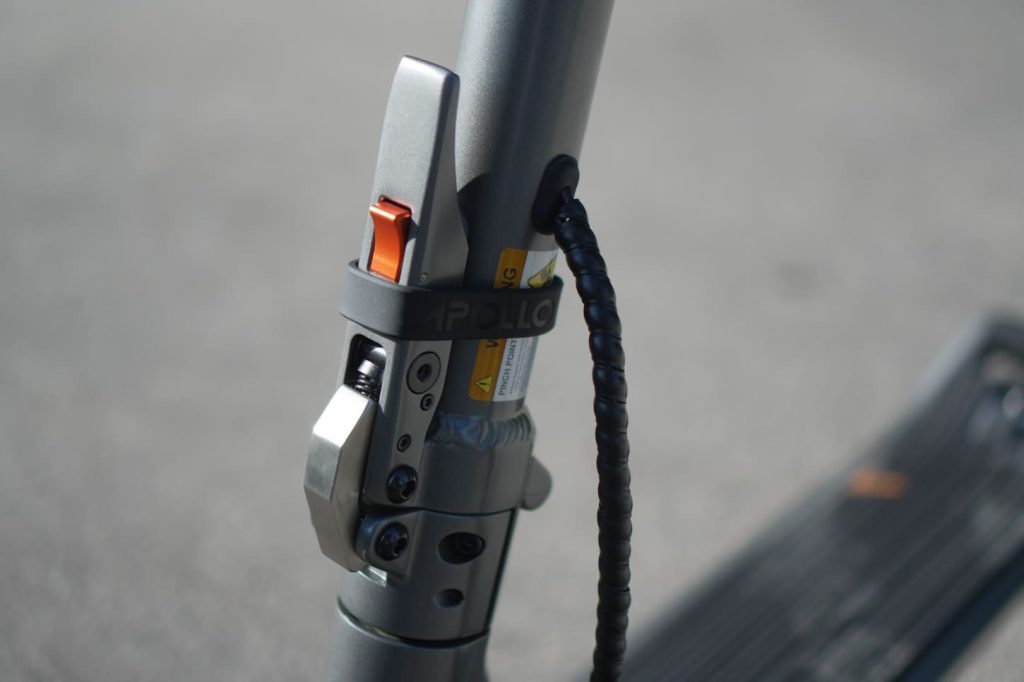
Sum it up!
Basically, the Apollo Go offers some pretty impressive speed and power, not to mention additional features, for the $1,299 MSRP. If you’re on a tight budget, a $1,299 scooter isn’t even going to be on your radar, so I’m not sure while you’re still here. It’s pricey any way you slice it. But compared to other 28 mph scooters, that price is actually pretty decent.
I’d love to see the scooter shed a few of its 46 pounds or get some more robust quality assurance at the factory, but no scooter is perfect. Apollo seems to have done a good job designing the Go, and the ride proves that it’s an effective commuter for those seeking extra performance without an ultra-premium price.
FTC: We use income earning auto affiliate links. More.



